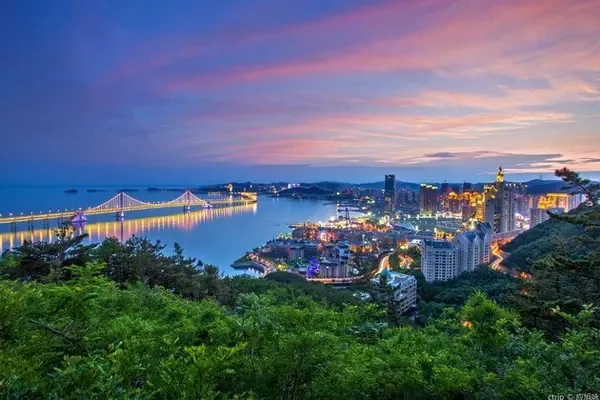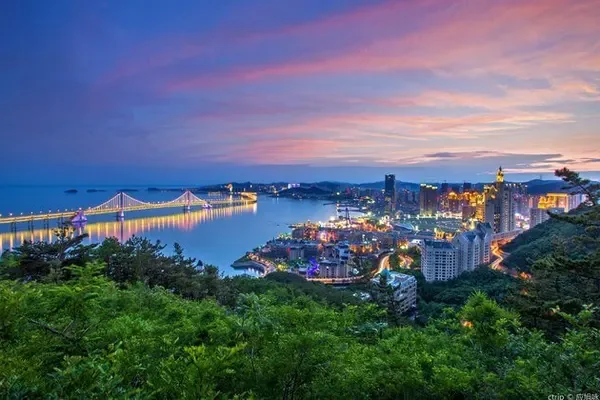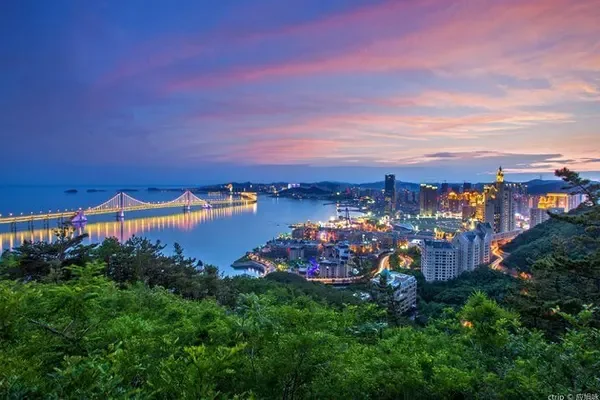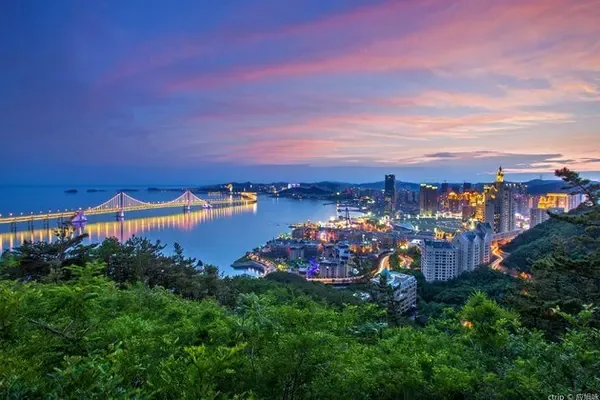Xi'an, known as Chang'an in ancient times, has a long history. Here, the thousands of years of precipitation and heritage of the Chinese nation are still quietly continuing, including culture, customs, virtues, traditions, and even dross. "Chang'an has been the capital of emperors since ancient times." The splendor of the Zhou, Qin, Han and Tang Dynasties made Xi'an, which is one of the four ancient capitals in the world together with Athens, Cairo, and Rome, reveal a trace of the imperial city spirit that cannot be concealed.
The air here is full of allusions and legends that have passed away in the long river of history, the camel bell that reminds us of the starting point of the Silk Road, the envoys from all over the world who worship, Xuanzang who translates scriptures under a lonely lamp, and the noble concubine dancing in colorful clothes in the pear garden... Walking on the street and walking under the majestic city wall, visitors will have a strange sense of interlacing with the ancient and heavy history inadvertently.
Strolling in Chang'an, the soul of the king, with Ctrip in hand, we agreed to go together......
Attractions in Xi'an, Shaanxi:
☛☛[Xi'an]: The ancient city walls and terracotta warriors with a sense of history, and various delicacies for you to feast on. The rolling red dust is the capital of emperors and kings, and the city of common people has been living for a long time.
☛☛[Famen Temple]: Famen Temple, also known as Fayun Temple, is located in Famen Town, Fufeng County, Baoji City, Shaanxi Province, China. It is known as "the ancestor of the Guanzhong Pagoda Temple". According to legend, Famen Temple was first built in the eleventh year of Emperor Ming of the Eastern Han Dynasty (68 years). "Temple", because of the placement of Sakyamuni Buddha's phalanx relics, it has become a Buddhist holy place that the whole country looks up to.
☛☛[Qianling]: One of the Eighteen Tombs of the Tang Dynasty in the Guanzhong area of Shaanxi Province. It is located on Liangshan, 6 kilometers north of Qianxian County, Xianyang City, Shaanxi Province. It is the joint burial tomb of Tang Gaozong Li Zhi and Wu Zetian. The mausoleum is large in scale, and the mausoleum covers an area of "eighty miles in a week" ("Tang Huiyao"). The cemetery has two inner and outer walls, of which the north and south walls of the inner city are 1450 meters long, the east city wall is 1583 meters long, and the west city wall is 1438 meters long, with a total area of nearly 2.4 million square meters.
☛☛[Terracotta Warriors and Horses of the Mausoleum of Qin Shihuang]: The Museum of Terracotta Warriors and Horses of Qin Shihuang is located 1.5 kilometers east of the Mausoleum of Qin Shihuang, built on the original site of the pit of Terracotta Warriors and Horses of Qin Shihuang. It is the largest underground military museum in the world. It is the burial pit of Qin Shihuang's mausoleum. According to historical records: Qin Shihuang Yingzheng began to build the cemetery when he came to the throne at the age of 13. The cemetery was planned and designed by Prime Minister Li Si and supervised by General Zhang Han. It took 38 years to build it. The vastness of the project and the grandeur of the spirit set a precedent for the burial of feudal rulers in the past dynasties.
☛☛[Xi'an City Wall]: The existing city wall is a Ming Dynasty building with a total length of 13.7 kilometers. It was first built in the third year of Hongwu (1370) and completed in the eleventh year of Hongwu (1378). Under the guidance of the policy of accumulating grain widely and becoming king slowly, it was built on the basis of the imperial cities of the Sui and Tang Dynasties, and it was the prefectural city of Xi'an at that time. Zhu Yuanzhang, Emperor Taizu of the Ming Dynasty, conferred the title of King of Qin on his second son, Zhu Xi, and the feudal feudal and government administrations were in the same city, so the city was large and solid. In addition, it was repaired and expanded many times in the Ming and Qing Dynasties, and it has been well preserved to this day.
☛☛[Huaqing Pool]: Integrating human history and natural landscape, emperors of Zhou, Qin, Han, Sui, Tang and other dynasties built their palaces here. The scenic area imitates the magnificent Tang Dynasty architecture, and the garden scenery is unique. There are mainly Tang Huaqing Palace Yutang Site Museum, Xi'an Incident Site, Jiulong Lake and Furong Lake Scenic Area, Tang Liyuan Site Museum, and landmark buildings such as Feishuang Hall, Zhaoyang Hall, Changsheng Hall, Huanyuan, and Yuwang Hall. .
❤Feature 1: Free Bluetooth headsets in Huaqing Palace and Terracotta Warriors;
❤Feature 2: Visit the Big Wild Goose Pagoda in person, step into the door of righteousness and goodness [Da Ci'en Temple], and receive blessings and auspiciousness for those who care about you;
❤Feature 3: Fangshang food culture block [Huimin Street], where you can eat Shaanxi food in one stop;
❤Feature 4: Free Internet celebrity popular scenic spot [Datang Everbright City];
❤Feature 5: Arrange Chinese food on the eastern route to taste the [Qin Banquet] that Qin Shihuang entertained envoys after he unified the six countries, and present a 3D giant-screen movie [Qin Shihuang and his kingdom];
❤Feature 6: Upgrade the Chinese food on the west line to taste special snacks [Four Treasures of Qianxian County]--including pot helmets, dried noodles, crispy noodles, tofu nao] or Famen Temple Guotangzhai;
❤Feature 7: Excellent team operation throughout the whole process, no travel agency to arrange shopping stores, standard service of senior tour guides, take you to enjoy Shaanxi;









